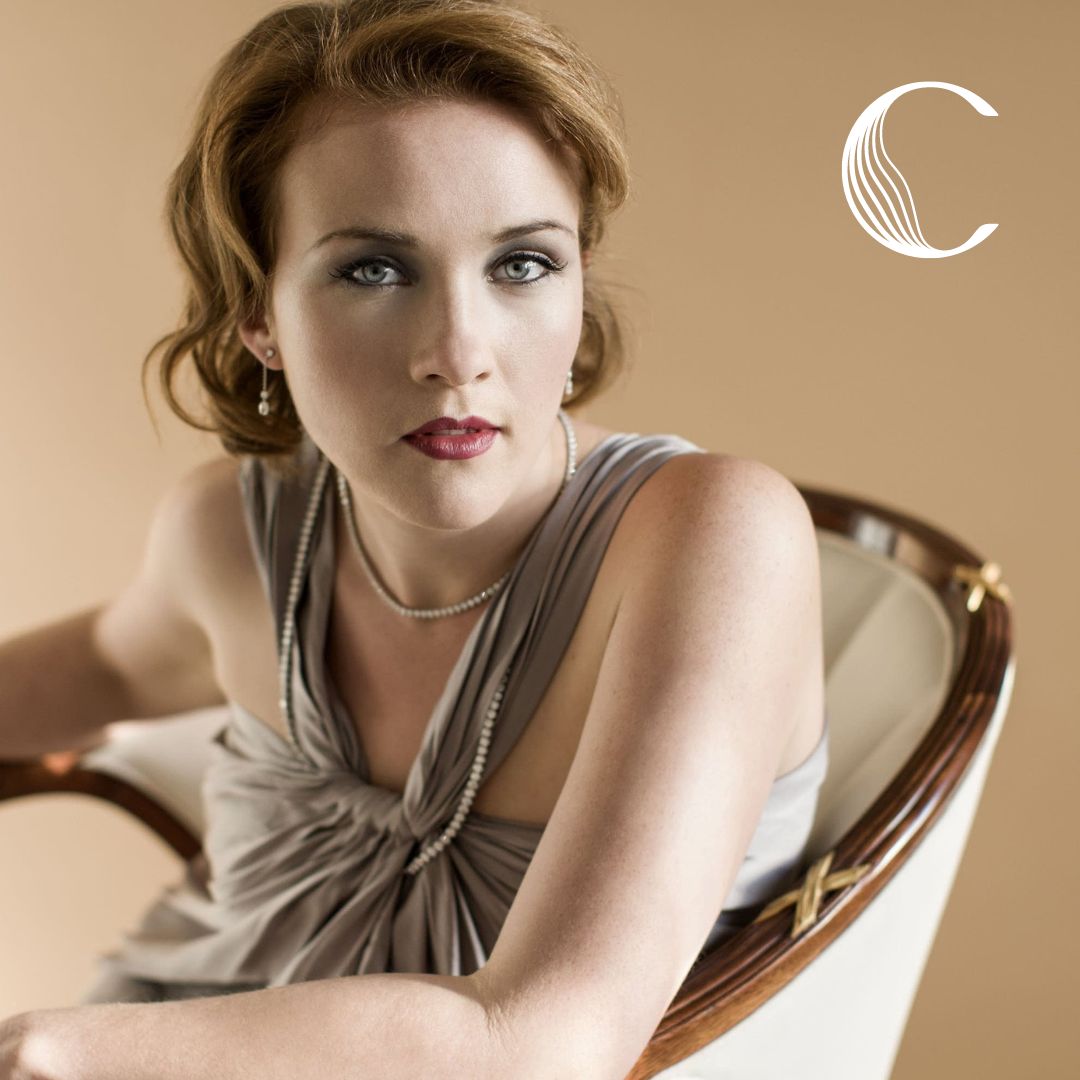
Join our email list to receive the latest info on our upcoming season.
Composers began pairing singers with instrumental soloists more than 300 years ago, applying the Italian label of obbligato to those secondary but indispensable parts. The tradition has flourished ever since, crossing all generations, national borders and stylistic boundaries, as can be seen in this wide-ranging recital that frames the viola as a most obliging partner for a soprano voice.
The opening Songs from the British Isles reflect the tastes of England and Ireland during the first decades of the 20th century, when music was a prime vehicle for pastoral sweetness, local pride, and nostalgic longings for home. The first and last songs became famous during World War I, and the well-known ballad “Danny Boy” put new lyrics onto a traditional Irish tune known as the “Londonderry Air.” Edwin Greene’s “Sing Me to Sleep,” written in 1902, became a best-selling record for the soprano Alma Gluck when she released a version in 1916 featuring obbligato contributions from her husband, violinist Efrem Zimbalist.
The Songs by Rachmaninoff show how this Russian pianist and composer became a true international star during his years of exile after the 1917 Revolution. The first song, for example, began as one of the Six Romances that Rachmaninoff published in 1893, with a text by Pushkin. With a new English translation by the popular Irish tenor John McCormack and an obbligato part provided by the violinist/composer Fritz Kreisler, the melody became “O Cease thy Singing, Maiden Fair,” recorded for Victor Records in 1920 and published two years later for the large market of amateurs who loved to sing and play arrangements like these at home.
Two immortal melodies attest to the songwriting talents of Robert Schumann, whether in the songlike genre of the instrumental Romance (including this one originally composed for oboe in 1849), or in actual lieder for voice and piano such as Widmung, one of the 168 songs that Schumann composed in his miraculous “year of song” in 1840. He was a great admirer of Franz Liszt, who in turn showed his regard by transcribing a number of Schumann’s songs to include in his recital repertoire, including this solo rendition of Widmung.
Charles Gounod made his biggest impact in the field of opera, providing a French counterweight to Wagner’s heavy Germanic influence through such gems as Faust from 1859. In 1872, while living in London, Gounod used an existing hymn text to create Evening Song for a local recital by an esteemed piano professor and guests. (It was a significant enough event that two newspaper reviews survive; The Musical Standard pronounced the new song “rather tame,” but The Musical World noted that it “received great applause.”) Gounod’s 1857 setting of a Victor Hugo poem has long been one of his most popular melodies, with many arrangements based on his original version that included optional harmonium or cello.
A final set of Songs from Italy once again straddles “popular music” and “art music”—a modern distinction that was meaningless at the time these songs were created. A fan of the Italian songwriter Paolo Tosti, for example, might have been delighted to pay two cents for the new edition of the song La Serenata that appeared in 1908, embellished with an obbligato violin part by Guido Papini, an Italian virtuoso based in London. This was (and still is) the kind of music meant to be enjoyed in good company, whether gathered around a jangly upright piano in the family home or seated in a posh public venue.
© 2019 Aaron Grad.
CMSPB does not discriminate on the basis of race, gender, creed, ethnicity, religion, sexual orientation, age or disability and we are a 501(c)(3) nonprofit organization.
Site maintained by Teller | © 2020-2022 Chamber Music Society of Palm Beach | All rights reserved.